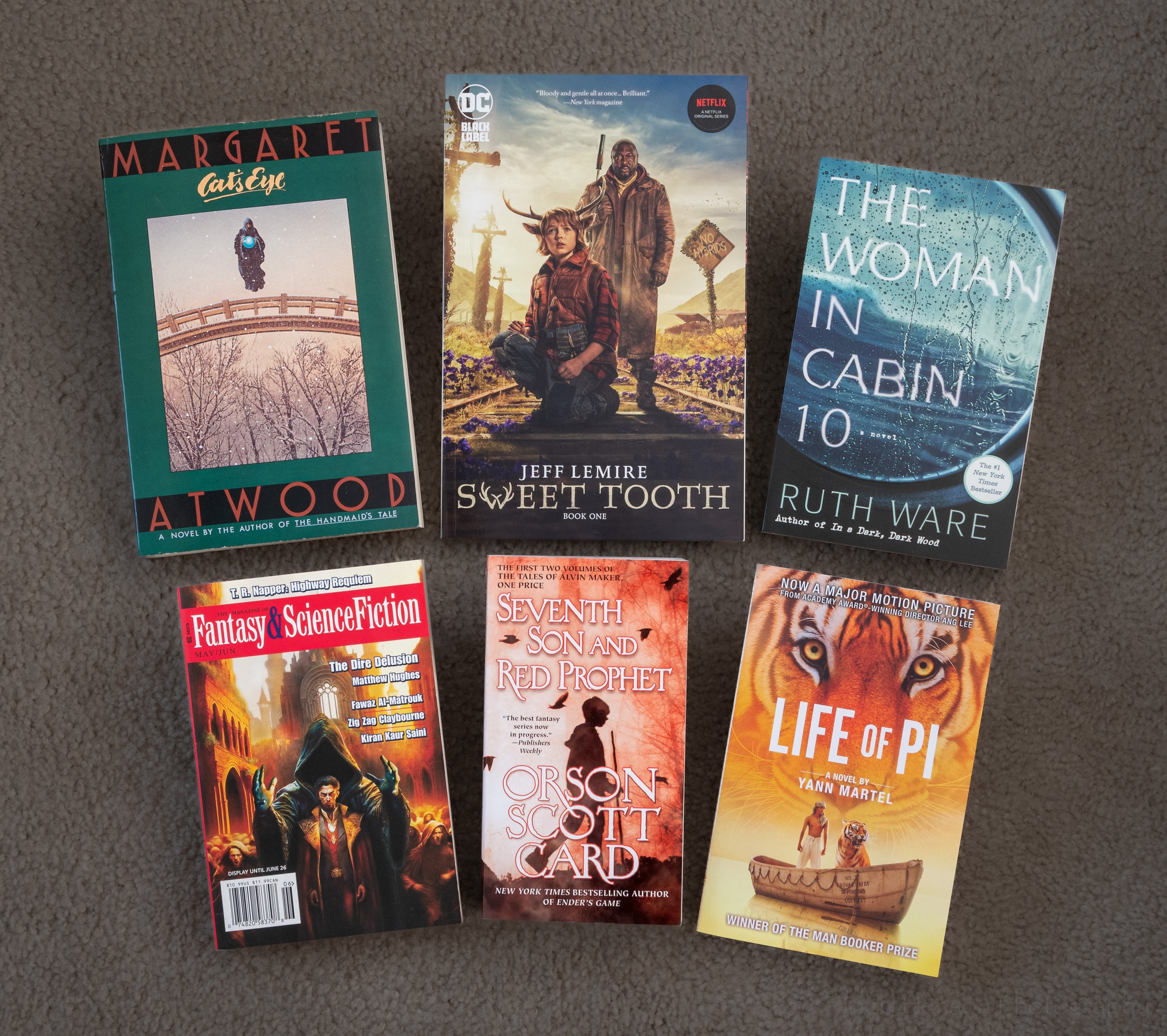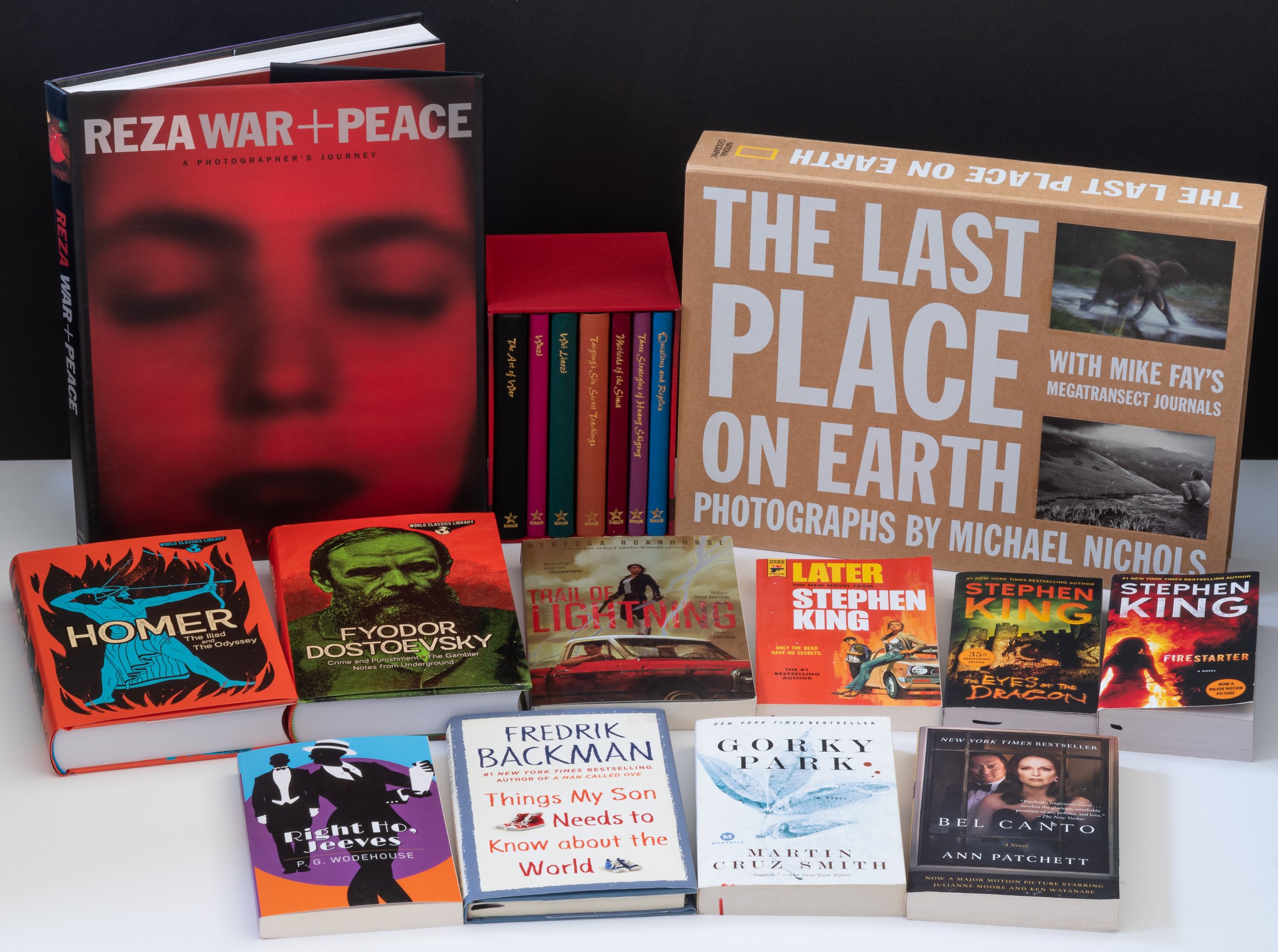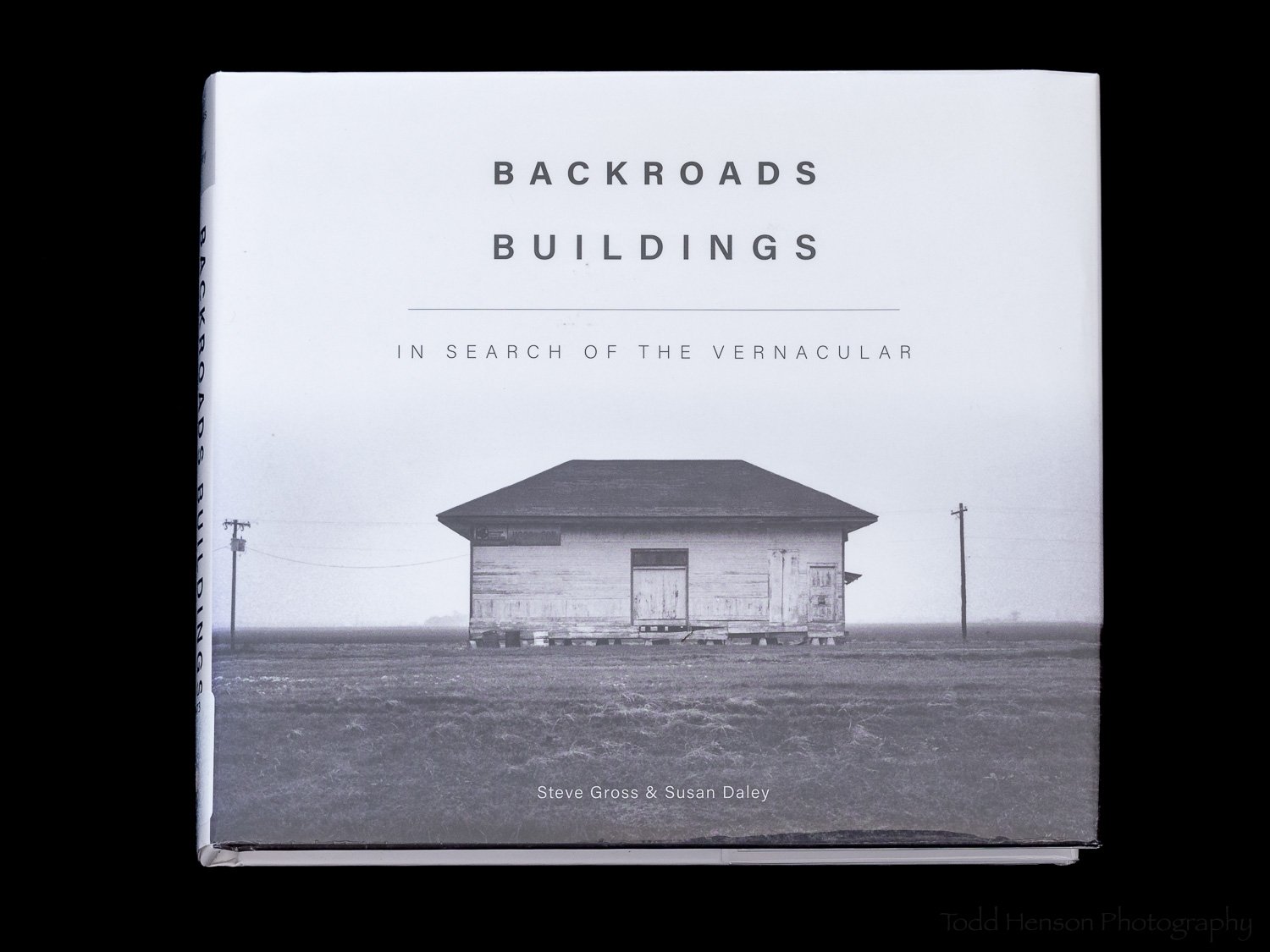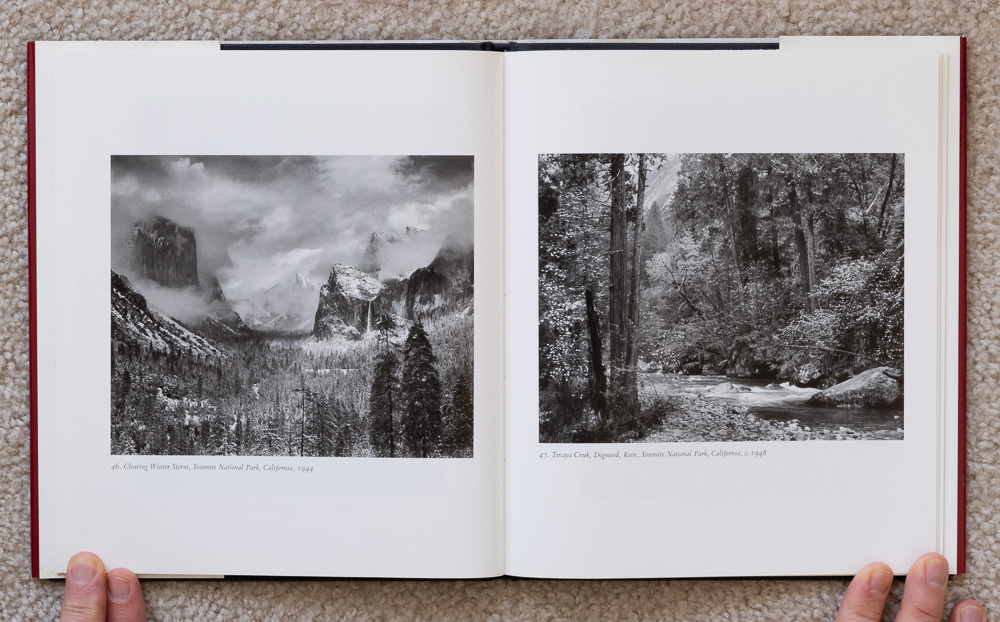Some of my favorite books, from A to Z. Missing books were borrowed or read as ebooks.
This post contains affiliate links and I will be compensated if you make a purchase after clicking on my links. This is at no extra cost to you.
I recently shared a list of favorite fiction books from A to Z, trying to find a book for each letter of the alphabet. This time I tackled non-fiction books, and found it just as challenging to build the list, but also just as fun. Some of these books I read long ago, so it was great pulling them back out and flipping through them again.
A - The Arrow of Time by Peter Coveney and Roger Highfield
Science, astronomy, and astrophysics have always interested me, so we begin the list with several science books, the first of which is about the nature of time and what we know about it.
B - Black Holes & Time Warps by Kip Thorne
Black holes, wormholes, time warps, all things seemingly possible because of the extreme warping of space. Kip Thorne has been one of the leading black hole researchers and this book is an in-depth coverage of them and other topics. It is an older book, as many of my science books are, but still worth reading.
C - Cosmos by Carl Sagan
Cosmos is a classic. It’s such a great introductory book to science and the universe around us. I do miss Carl Sagan.
D - The Dancing Wu Li Masters by Gary Zukav
This is one of my older physics books. I don’t know how well it has aged, but I remember it as a great introduction to what was then a newer topic: quantum physics.
E - The Elegant Universe by Brian Greene
I’ve read several of Brian Greene’s books, all dealing in one way or another with string theories and the hope they would one day lead to a unified theory of everything. That day seems just as far away, if not further, now than it did when I read the books, but I still enjoyed them.
F - The Fugitive Game by Jonathan Littman
Another topic that has always interested me is the history of hackers, crackers and phreakers, the people who know how to navigate the world of computer and telecommunications networks, sometimes out of curiosity and sometimes with nefarious goals. The Fugitive Game is one of the books about the pursuit and capture of Kevin Mitnick, at the time one of the FBI’s most wanted hackers.
G - Ghost in the Wires by Kevin Mitnick
After Kevin Mitnick served his time he became a security consultant and has written a number of books. In Ghost in the Wires he tells his own story of hacking and being on the run. It’s interesting to compare Ghost in the Wires to The Fugitive Game.
H - The Hot Zone by Richard Preston
The Hot Zone was the first book I was aware of to tell the story of the early outbreaks of ebola, an incredibly infectious and deadly virus that we are finally beginning to come up with treatments against. Fascinating read.
I - Imagined Worlds by Freeman Dyson
Freeman Dyson is a theoretical physicist and professor who has written a number of fantastic books for non-scientists, one of which is Imagined Worlds. I’ve enjoyed everything I’ve read of his. If you’re into theoretical physics, or science fiction, you may have heard of Dyson spheres, the idea of an advanced civilization building an immense structure around a star to satisfy its energy needs. It gets its name from Freeman Dyson who wrote a paper about it in 1960.
J - A Narrative of the Life of Mrs. Mary Jemison by James E. Seaver
And now finally a book that has nothing to do with science or technology. I didn’t have one that began with J, but there’s a J in Jemison, so there you go. This is an early American Indian captivity story. Mary Jemison and her family were captured in 1758. Her family was killed and she ended up being adopted by a Seneca family.
K - Kingpin by Kevin Poulsen
I listened to the audio version of Kingpin, the story of Max Butler and his criminal enterprises. This is another story of computer hackers, interestingly told by Kevin Poulsen, who in his day was also a well know hacker.
L - The Little Book of Trading by Michael Covel
The Little Book of Trading is an investment book about a number of professionals who use trend following strategies. I felt it was similar in some ways to Market Wizards (see below), but not written in a Q&A fashion. Interesting read if you’re into investing strategies.
M - Market Wizards by Jack Schwager
I really enjoyed this investing book. It is an older book so some ideas may be a bit dated, but I still feel it’s worth reading. Jack Schwager interviewed a number of successful investors and published these interviews as Q&A. Great insights from some very successful investors in their day.
N - Never Cry Wolf by Farley Mowat
You may have seen the movie based on this book. This is Farley Mowat’s story of living among some wolves in the Arctic, studying them up close, trying to learn whether they were the killing machines some feared. This was a beautiful book.
O - On Writing: A Memoir of the Craft by Stephen King
On Writing is almost two books in one. It could be thought of as Stephen King’s autobiography, telling how he got started (and how it almost didn’t work out). But it’s also a book about writing, providing any would be writer invaluable knowledge about King’s writing process.
P - Predictably Irrational by Dan Ariely
This is a fascinating book about how we all behave irrationally, and yet do so in very predictable ways. Ariely is a professor of economics who conducted a whole range of experiments to study these topics, and this book is the result.
Q - Never Quit by Jimmy Settle
I wasn’t able to find any non-fiction books I’d read that start with Q, but this one at least came close. Never Quit is the story of Jimmy Settle’s life, from growing up in Alaska to becoming a PJ (parajumper/pararescue), who flies into enemy territory to rescue downed personnel.
R - The Rise of Superman by Steven Kotler
This book might be for you if you’re interested in how athletes are sometimes able to achieve such amazing feats, breaking through any resistance, sometimes doing things folks say are impossible until proven wrong.
S - Sometimes the Magic Works by Terry Brooks
Sometimes the Magic Works is another book about writing, and the lessons learned by one author over their lifetime. In this case the author is Terry Brooks, who’s The Elfstones of Shannara appeared as the letter E in my list of favorite fiction books A-Z.
T - The Tunnels of Cu Chi by Tom Mangold and John Penycate
The Tunnels of Cu Chi is about a lesser know part of the Vietnam War. It tells of the “Tunnel Rats,” the soldiers who entered the tunnel networks built by the Viet Cong. These were small, cramped, dirt tunnels occupied by enemy soldiers.
U - The Urban Monk by Pedram Shojai
The Urban Monk is a self-help sort of book trying to bring some Eastern philosophy to the Western world.
V - Level 4: Virus Hunters of the CDC by Joseph McCormick and Susan Fisher-Hoch
Similar in topic to The Hot Zone, but about more than ebola, this book is written by two of the medical professionals who have spent their lives studying and looking for ways to treat or prevent some of the most contagious and lethal viruses in the world.
W - A Walk in the Woods by Bill Bryson
A humorous and entertaining tale of Bill Bryson’s attempt to walk the Appalachian Trail. I really enjoyed Bryson’s writing style. Later I watched the movie, and though I enjoyed it, I would more highly recommend the book.
X - . . .
X may mark the spot, but I can’t find anything there!
Y - You Only Have to be Right Once by Randall Lane
A look at some of the recent tech billionaires and how it took just one great idea at the right time to make their fortune. Looks at some of the people behind companies like Facebook, Dropbox, Instagram, Twitter, Tumblr, GoPro, Snapchat, WhatsApp, and more.
Z - Zen in the Art of Writing by Ray Bradbury
Ray Bradbury is a joy to read, and in this book we get to read about his take on writing. Similar to King’s On Writing, Zen in the Art of Writing has plenty of useful content if you are an aspiring writer, but also shares insights into the life and stories of Ray Bradbury.
Well, that’s it. What did you think? Have you read any of these? Do you have an A-Z list of your own? If not, give it a try. You might just enjoy looking back on all the books you’ve read.
Stay tuned for more, as I’ll soon be sharing my Favorite Books A-Z of Photography.
Do you enjoy these posts?
Sign up to receive periodic emails with updates and thoughts. Don’t worry, I won’t spam you. And please consider purchasing artwork or products from my online store, and using my affiliate links in the sidebar to the right when shopping online.
I appreciate your support!
















































































